

|
|
 |
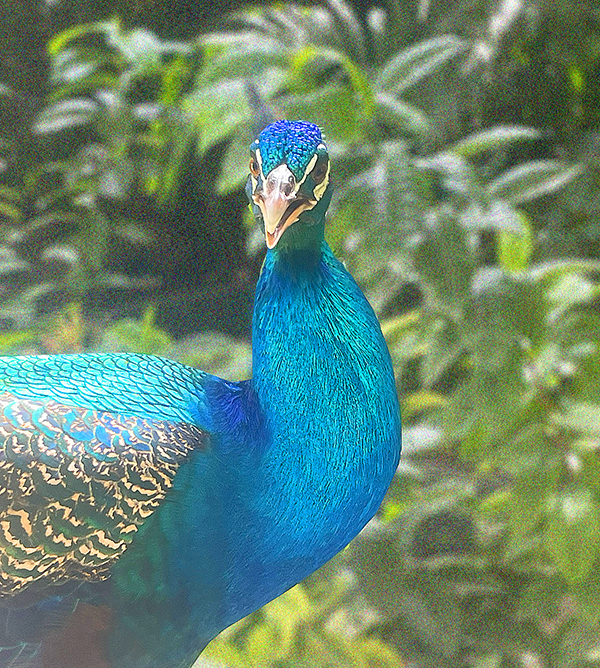 |
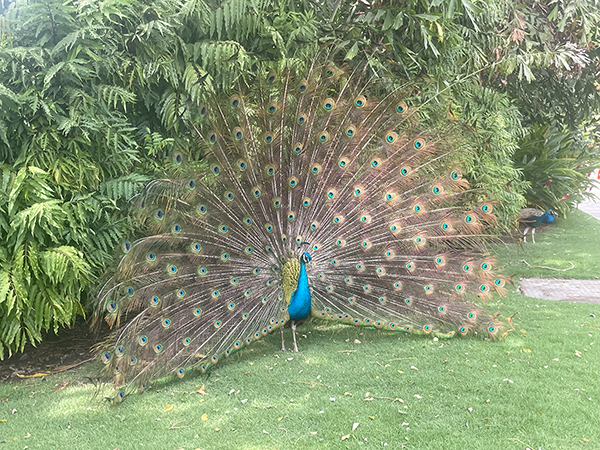 |
| The Cruise Port is a bird sanctuary l Unesco Old City below |
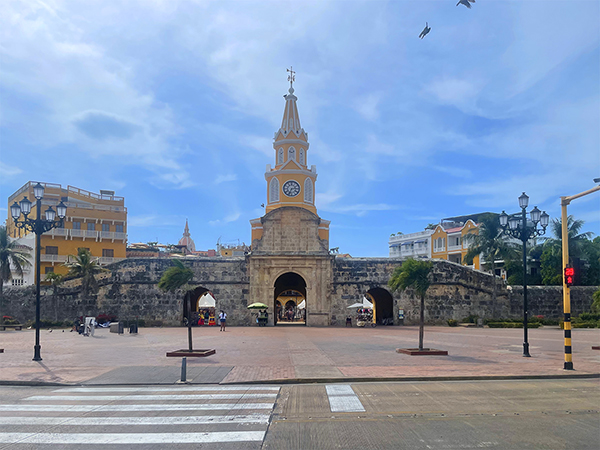 |
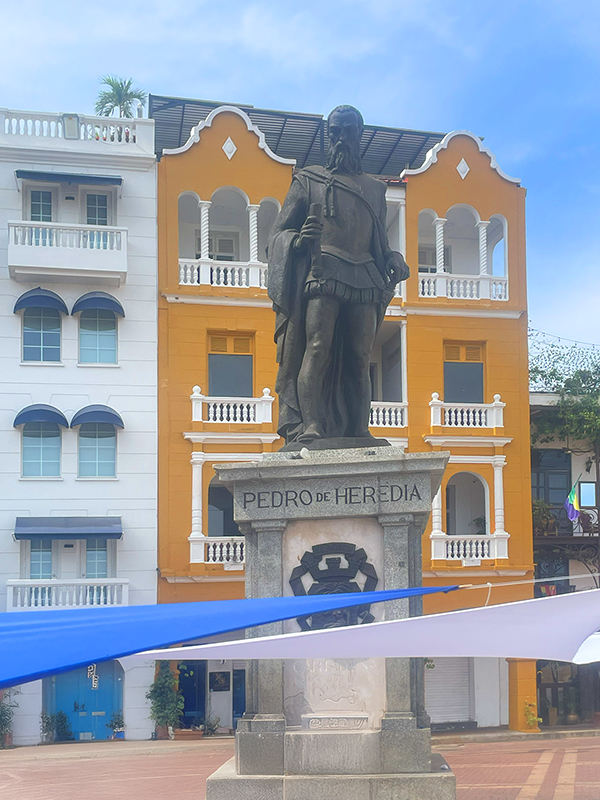 |
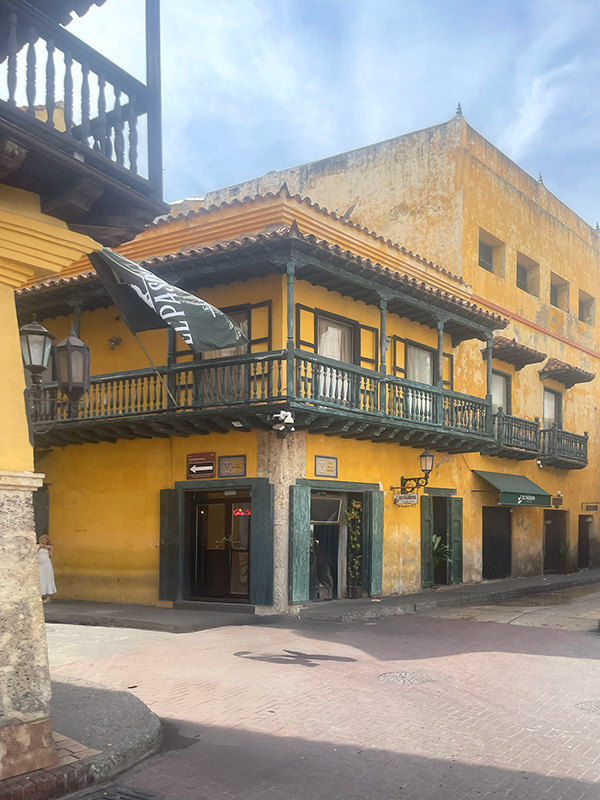 |
 |
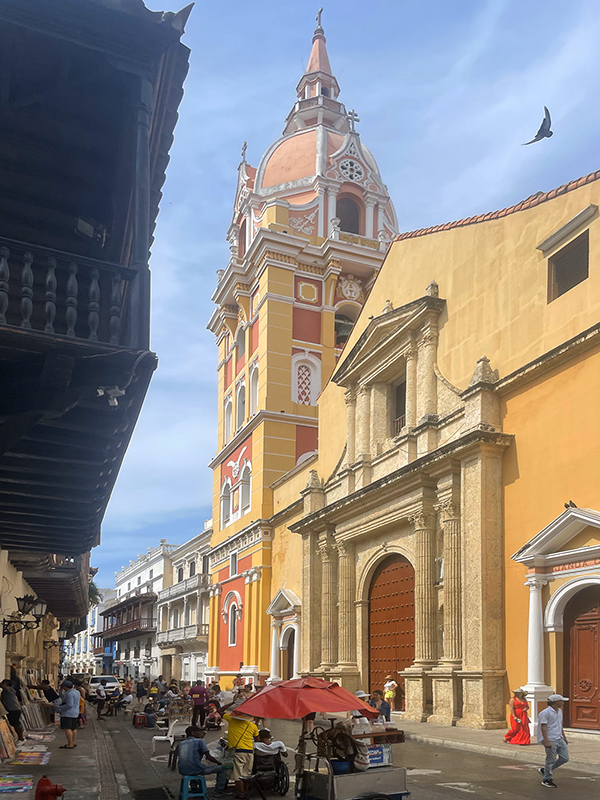 |
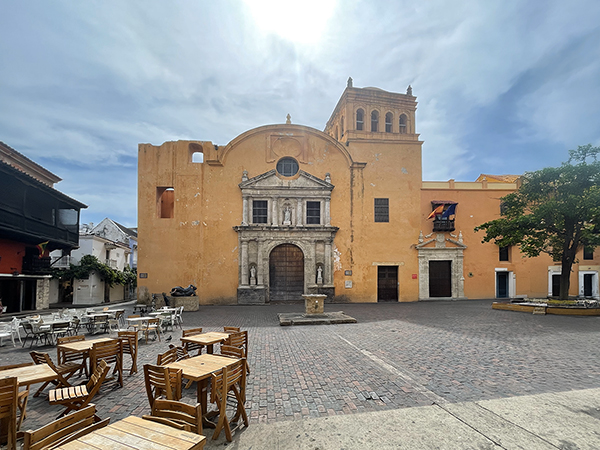 |
 |
 |
 |
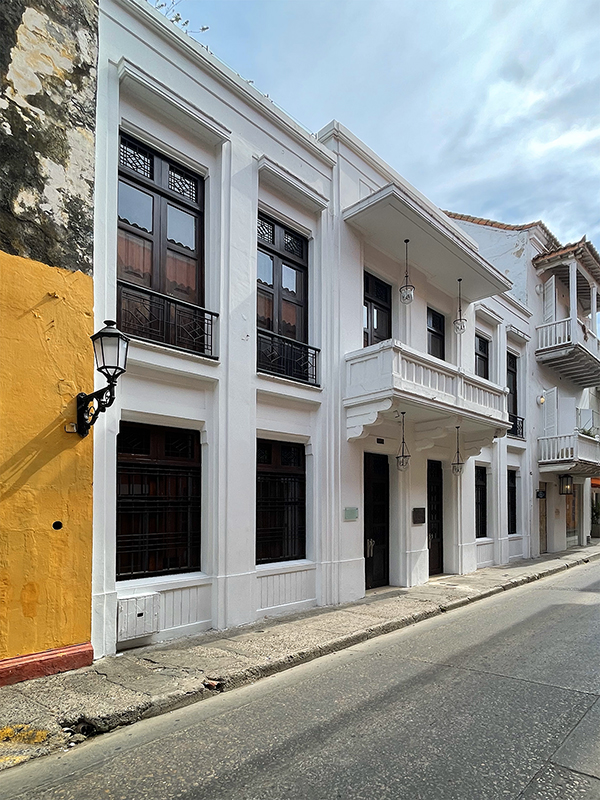 |
| - La Chula Disco Easter Sunday - |
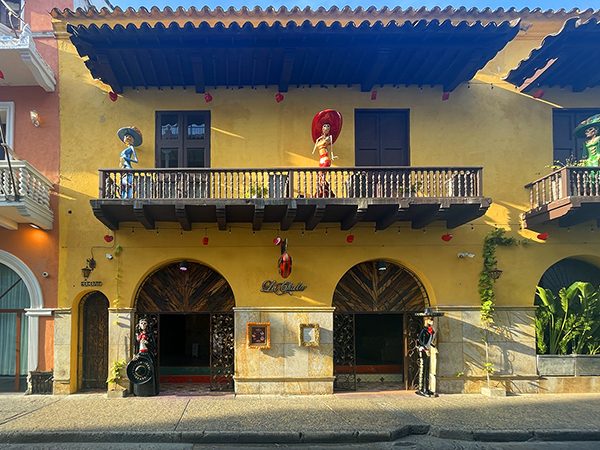 |
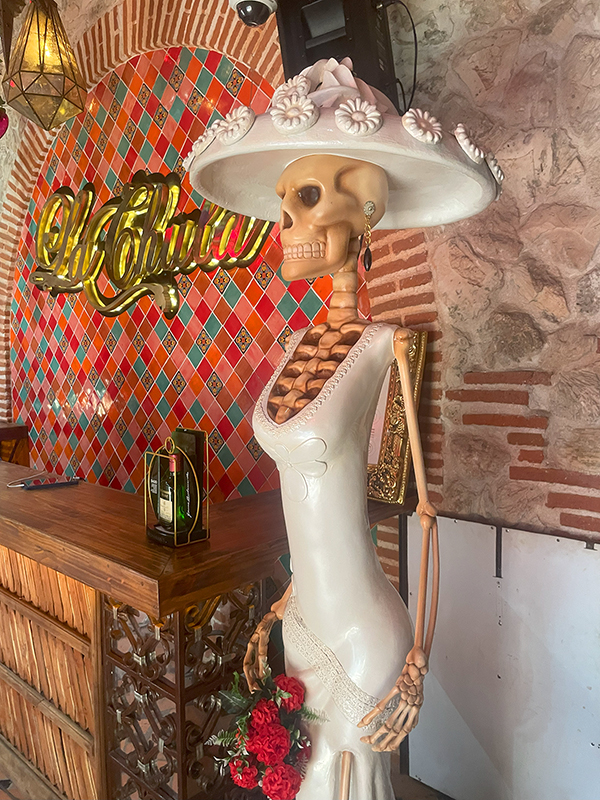 |
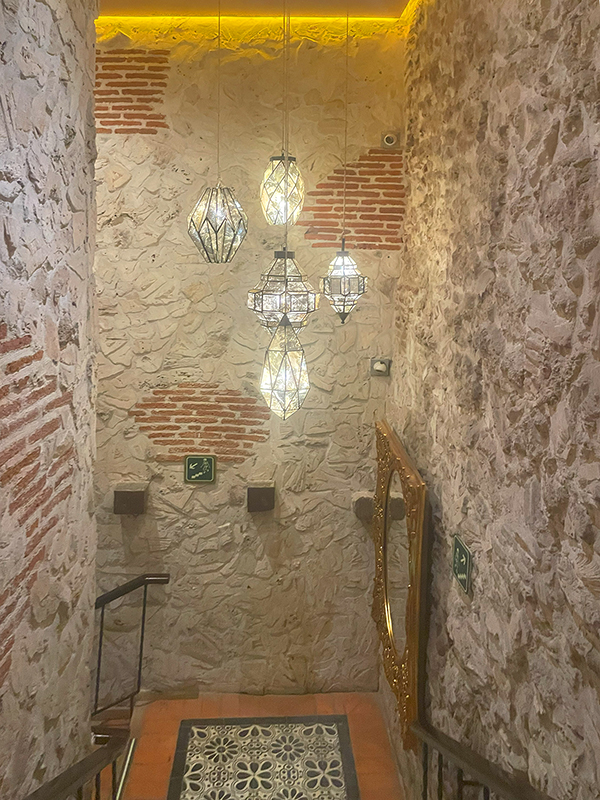 |
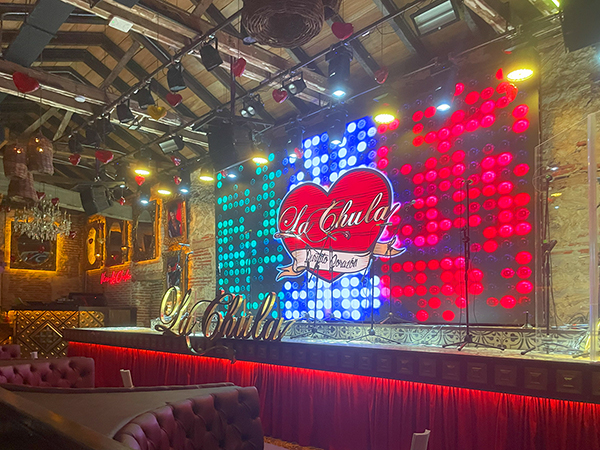 |
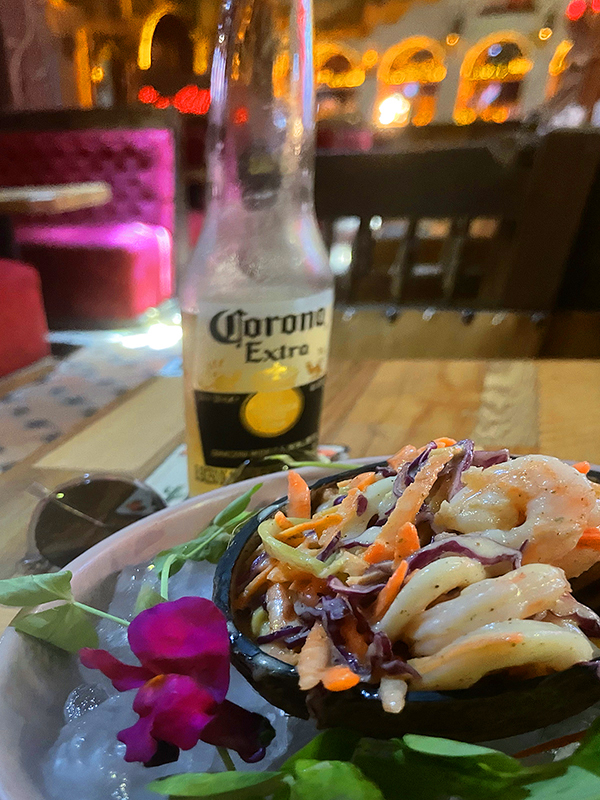 |
 |
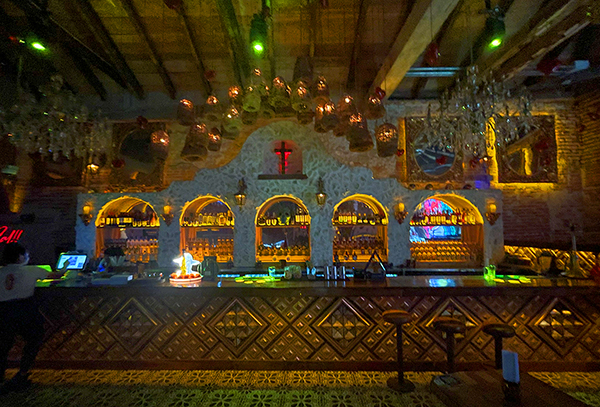 |
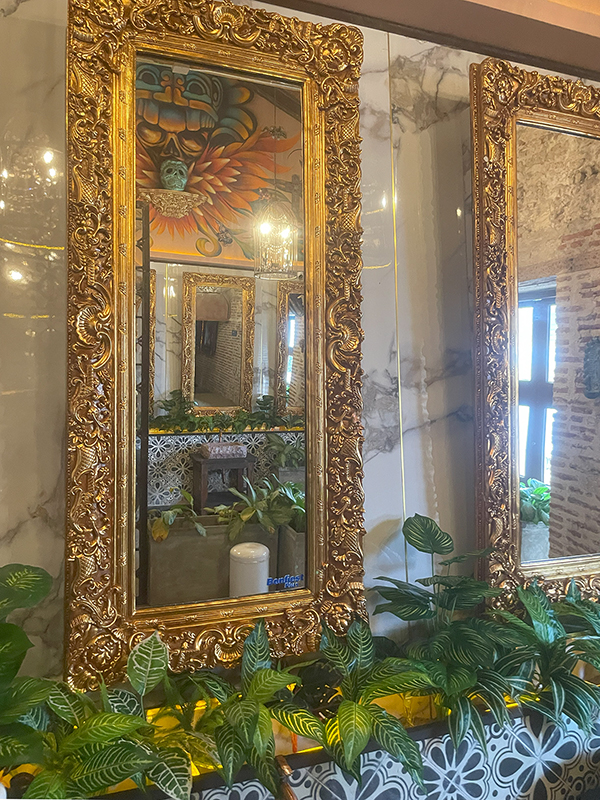 |
|
April 20-21, 2025
Marti Eicholz
The Odyssey arrives in Cartagena, Colombia on Easter Morning, a celebration observed since ancient times, a time of rebirth and renewal. Toucans, iguanas, howler monkeys, peacocks, black swans, flamingos, and other regional animals greet us at the port oasis in Cartagena. An unexpected yet wonderful surprise. This award-winning sustainable port oasis (zoo) is a two-and-a-half-acre garden with more than seven hundred animals of seventy-four distinct species, sharing samples of Colombia’s flora and fauna and a replica emerald mine. Perfectly named “Oasis.” The most beautiful cruise port anywhere. Colombia, the fifth largest country in Latin America, home to the second largest group of Spanish-speaking people, is a land of extremes with towering, snow-covered volcanoes and mountains, running through its center and tropical beaches, lining the north and west. Colombia is the only South American country with coastlines on both the Pacific Ocean and the Caribbean Sea. Colombia, known for its natural resources, modern cities, and a diverse culture, is the second most biodiverse country in the world with the highest amount of species by area in the world, more species of birds than Europe and North America combined. Colombia, the leading source of emeralds and the third largest exporter of coffee. Colombia with its vibrant music scene is home to two famous musicians: Shakira and Juanes. Shakira, known as the “Queen of Latin Pop,” is a Colombian singer, songwriter, dancer, and producer, famous for her powerful voice and musical versatility. Juanes, a renowned Colombian singer and songwriter, is known for his pop-rock and commitment to social causes. Radio and public television in Colombia are required to play the national anthem every day at 6 am and 6 pm. Cano Cristales, located in the Serania de la Macarena, known as the “River of Five Colors,” because the river’s bed changes color between green, blue, yellow, black, and red during July through November. Cartagena, a thriving city, located in the northwest area of Colombia, sprawling between inland hills of Bolivar and the white sand coastline of the Caribbean. Cartagena with its warm Caribbean climate, stunning landscapes, vibrant colonial architecture, historical museums, bustling plazas, and cultural events, celebrating its Afro-Caribbean heritage and lively spirit, is a jewel on Colombia’s Caribbean coast, steeped in rich history, unique blends of cultures, a lively nightlife, diverse cuisine, all with a tropical, romantic charm. Walk into the heart of Cartagena, a memorable neighborhood, the well-preserved Walled City of Old Cartagena, a UNESCO World Heritage site, a pedestrian-friendly paradise, for its rich history and magnificent architecture, surrounded by massive stone walls and fortifications dating to the 16th century. Despite the passage of three centuries, this enchanting, fortified city has preserved most of its authentic colonial architecture and charm. The inside of Old Town is so compact, taking only twenty minutes to traverse, yet so filled with alluring attractions that you can spend days wandering through the winding network of quaint cobblestone streets, lined with rows of brightly painted houses with tropical blooms draped from colorful balconies, enchanting stone archways, colonial churches, antique family mansions, showcasing a blend of Spanish and Caribbean influences, a lively atmosphere which transports you back in time. A visual feast protected behind castle-like walls. The Walled City is an amazing place to watch the sunset. Join the locals on the western wall and enjoy spectacular views of the sun setting over the vibrant Caribbean waters! Located just outside the Walled City, once considered the shadiest neighborhood (an enclave of the working class) is where the city’s cultural tapestry is highlighted. Today its Getsemani, a modern, trendy corner filled with vibrancy and artistic expression. Like the Walled City, Getsemani is designed for wandering. Amble up and down the narrow streets, featuring colonial architecture. Winding streets and narrow alleyways unveil colorful murals, flags, kits, umbrellas, and lights strung overhead. Brightly colored homes mingle with an astonishing array of talented street art, painted on buildings, walls, and sidewalks. Prolific tropical plants line every passageway. Castillo de San Felipe de Barajas is a fortress and a testament to the Spanish Empire’s military engineering capabilities. It dominates the cityscape. Explore the ramparts and underground passages. Be informed of Cartagena’s colonial past. Enjoy the panoramic views. Take a short boat ride to the idyllic Rosario Islands, a protected reserve, offering crystal-clear waters, coral reefs, and sandy beaches. Perfect for snorkeling, diving, and sunbathing. Bocagrande & El Laguito are neighborhoods known for upscale hotels, restaurants, and shops, but also feature beautiful beaches where you can soak up the sun and enjoy the breeze. La Popa Monastery, dating to the 17th century, perched on the highest hill in Cartagena, features a beautiful chapel and a flower-filled courtyard and offers scenic views of the city and harbor. With a diverse culinary scene, Colombian cuisine blends African, Spanish and indigenous flavors. Local dishes like arepas, a flatbread made from cornmeal, stuffed with savory fillings, ceviche, and coconut rich are staples. Fresh tropical fruits and seafood are in abundance. The museums in old town present Cartagena as a blend of three cultures, Indigenous, Spanish, and African. One museum housed in a bank, highlights gold artifacts of Indigenous cultures. Can’t separate Gold and Colombia, especially since El Dorado, a fabled city of gold lying somewhere high in the Andes. AAnother museum is called Palace of Inquisition, the place where the Spanish Inquisition judged and tortured alleged heretics, offers a glimpse into the dark side of Cartagena’s history, displaying artifacts and exhibits about torture and book banning balanced out by a brighter side of the city’s history. Grim yet fascinating. Museo de San Pedro Claver deals with slavery. Claver dedicated his life tending enslaved Africans in Cartagena, raising important moral questions, but also displaying beautiful pieces of Afro-Caribbean art. Not all Africans ended up in servitude forever, some managed to escape, walked long distances, and founded their own settlements, offering a life of freedom, even though under constant attacks from administration. It is easy to feel a curious disconnect between gloomy Cartagena as told by museums and the city’s happy life, living as if nothing ever happened. There is gloomy and there is happy Cartagena. The cheerful mood is best conveyed with a song, performed by pop singer Carlos Vives with tambourine, accordion, and flute, the song “La Fantastica,” recounting the history of Cartagena, transforming a gloomy theme into a cheerful melody. As we leave one of the world’s most beautiful cruise ports, I see the sea on the horizon, the blue sky above, and all the colors around and it makes it easy to see the positive side of life.
|
|
Copyright © 2025 All rights reserved back to indexx-voyage.htm l next page
|